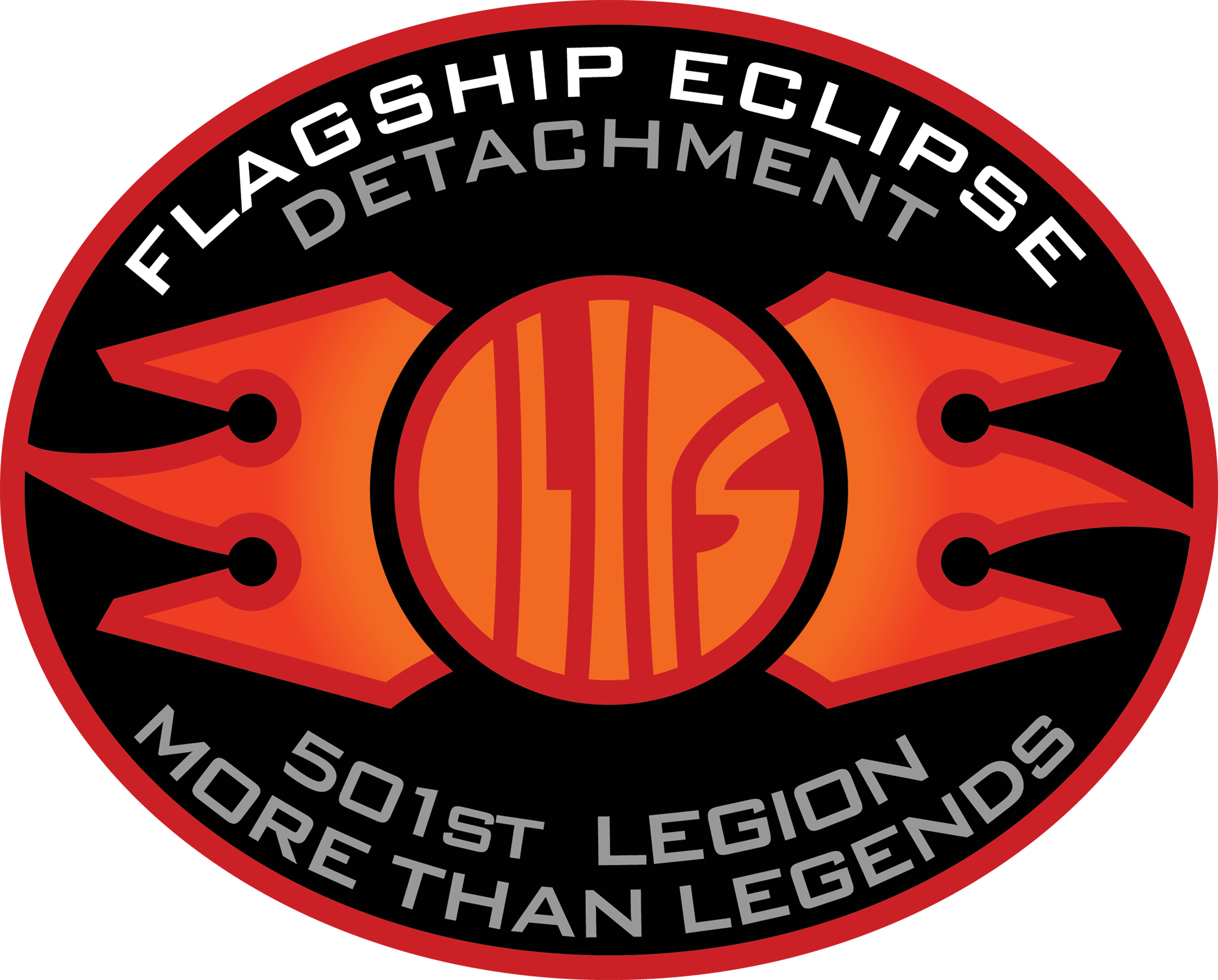
Terminator Salvation has become something of a middle child of the franchise since its release in 2009. It’s nowhere near as great as James Cameron’s first two Terminator films, but it’s certainly aged better than the abysmal Terminator: Genisys and the failed reboot attempt that was Terminator: Dark Fate. With enough time having passed and perspectives having shifted, there are now some definite bright spots of Salvation that are worth highlighting. That all said, there are still some pretty glaring problems with Terminator Salvation that can’t be ignored.
Below, we break down five things that Terminator Salvation got right, as well as three things that it just couldn’t get right.
1) Cyborg Hybrids

The Terminator franchise has always been about the thin line between man and machine, but Terminator Salvation blurs the line in a way that no other entry in the franchise has. The introduction of Marcus Wright (Sam Worthington) as a human-Terminator hybrid was a powerful new spin on the series, one that I sincerely wish hadn’t been spoiled in trailers for the film. Terminator hasn’t leaned into the concept that much since Salvation (see the Terminator Zero anime), but it would be interesting to see future installments pick up that thread again, especially since humanity’s proximity to robots and AI has grown so much.
2) Right: The Future War
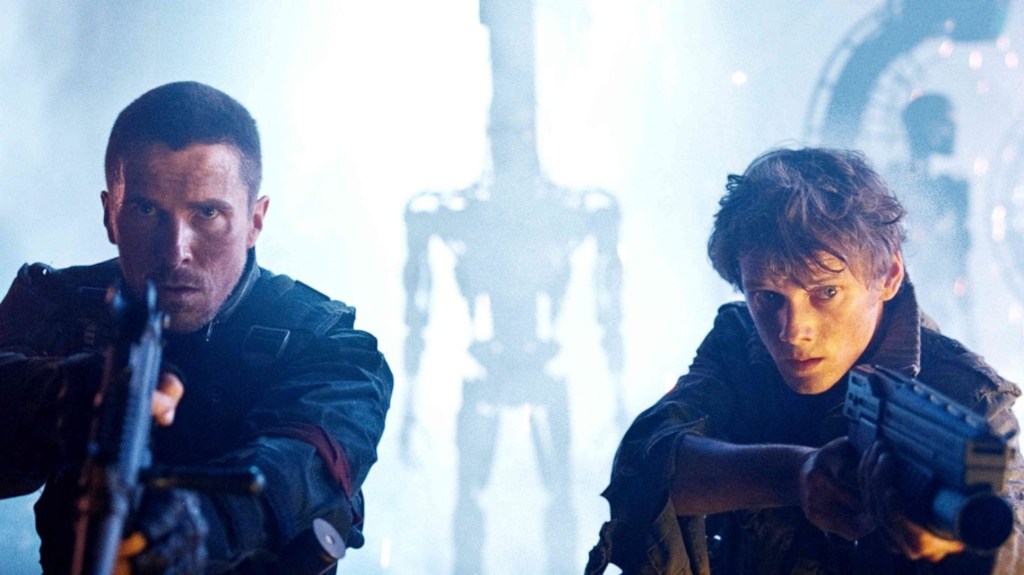
One of the biggest discussion points in the Terminator franchise after the first two films was the Future War fought by John Connor and the resistance. Fans were obsessed with seeing more of that dystopian landscape and the mechanical horrors that ruled it. Terminator Salvation director McG and his team scored their biggest achievement in designing the world of the Future War and validating all those longtime fan conversations about what it would be like. Cameron had been limited (financially and visually) in creating a dark future world, but Terminator Salvation was perfectly poised to realize it onscreen.
3) Right: Mechanical Menaces
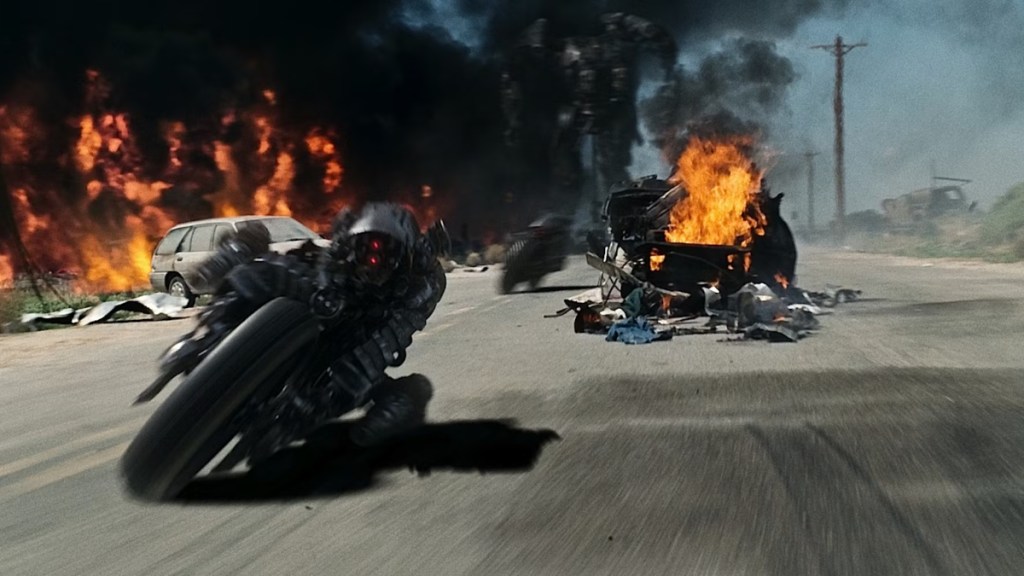
Going hand-in-hand with the impressive overall design of the Future War was Terminator Salvation’s lineup of mechanical threats from Skynet and its army of machines. From the “Moto-Terminator” killer motorcycles to the giant “Harvester” mech that could capture human livestock en masse, Salvation had a lot of fun expanding the concept of Skynet’s killer robots into an entire world, and none of the other installments have matched that level of creativity and novelty.
4) Right: Classic T-800
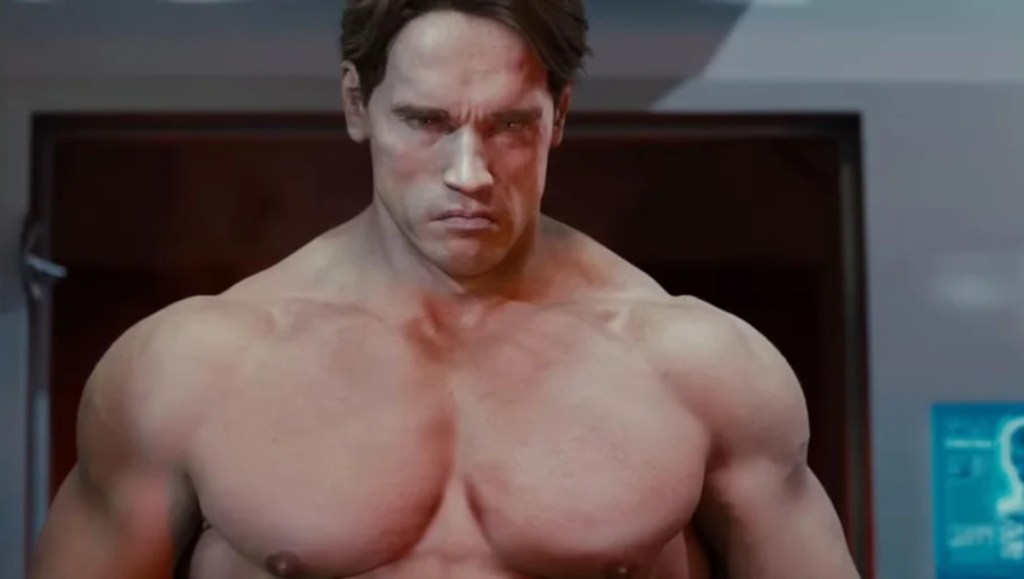
Arnold Schwarzenegger’s T-800 is the most iconic character in the entire Terminator series, which is why the franchise brought him back for the majority of its sequels. However, back in 2009, it looked like Arnold was truly done with Terminator after the third film, Rise of the Machines (2003), as the bodybuilder-turned-actor made a big career pivot into politics, serving as governor of California from 2003 through 2011. Fans were curious how Salvation could tell its story without the line of T-800s wearing Arnold’s skin – and McG and his team certainly rose to that challenge.
Salvation‘s third act climax sees John Connor’s (Christian Bale) rescue mission go bad, as he and his future father, Kyle Reese, are attacked by the newest line of Terminators: the T-800. Terminator Salvation was one of the first films to use advanced CGI face-swapping to transform bodybuilder Roland Kickinger into a version of Arnold that looked convincingly like his younger self from the 1984 original film. The filmmakers saved the reveal until release, making it a novel cameo that helped usher in a new era of filmmaking technology.
5) Right: Meet Kyle Reese
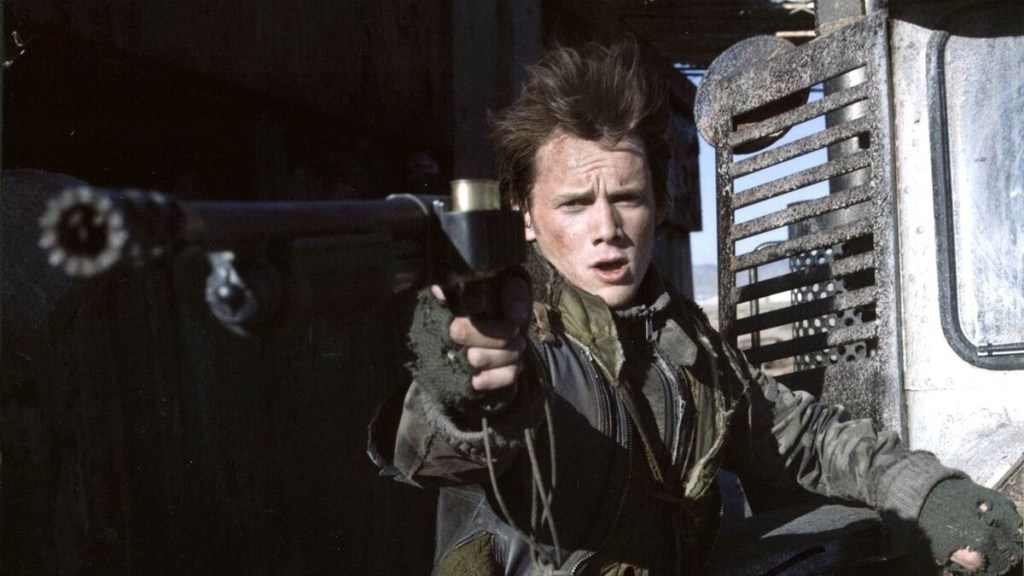
Finally, it must be said that Terminator Salvation got one thing very right: the casting of late actor Anton Yelchin as a younger Kyle Reese. Yelchin was one of the standout performers of his generation, which he needed to be, as few could’ve stepped into the role first played by actor Michael Biehn (Aliens) and held their own. While Kyle Reese’s storyline in Salvation is much more debatable, it’s clear onscreen that Yelchin is cooking with the character, adding new dimensions to Reese (like his surrogate little sister, Star) that help explain why he grew into a fierce soldier defending humanity, and fathering its best hope for survival.
1) Wrong: Heart to Heart

The ending of Terminator Salvation is one of the most hotly debated aspects of the movie. The battle with the T-800 ends with John Connor being fatally impaled through the heart, leaving Marcus Wright to finish the fight and save Connor’s life. The cyborg gives up his own human heart during an impromptu battlefield transplant, providing John with a new lease on life. However, it’s fundamentally unclear what the thematic point of this ending was, as it doesn’t really resonate with the story that we’re told up to that point. It seemed that McG wanted to plant the seeds of what would later make John Connor choose Terminators to be some of his most trusted agents and protectors (see: T2), but Marcus Wright’s (brief) story is a very long and overwrought way to get there.
2) Wrong: Romantic Confusion
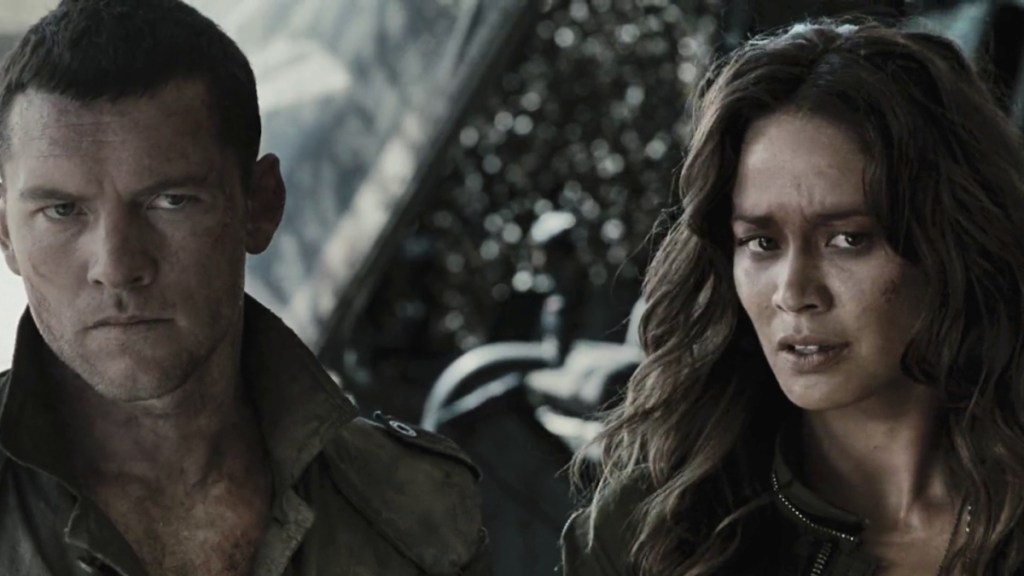
These days, it’s commonplace for films to avoid traditional paths of romantic connection. However, at the time of Terminator Salvation‘s release, platonic bonding wasn’t really a pathway that most films walked. Terminator Salvation also falls into that hole, with its subplot about Marcus Wright getting close with Blair Williams (Moon Bloodgood), one of John Connor’s best pilots in the Resistance. Moon’s chemistry with Sam Worthington is offset entirely by the insurmountable discomfort of seeing a human woman possibly getting intimate with a machine-man. It raised the kind of juvenile, snickering questions that the film didn’t want to be included in the discourse, and felt silly and out of place in an otherwise serious sci-fi dystopian story.
3) Wrong: Softer Cut

If you don’t know by now, Terminator Salvation was one of the first films to spark controversy over an unseen director’s cut (see also: Zack Snyder’s Justice League). To this day there are fans who are championing the release of the “McG Cut” of Terminator Salvation, a version that would’ve allegedly eschewed the more edited theatrical cut (the first PG-13 entry in the franchise) for a harder, darker, R-rated experience that’s more in line with the tradition of Terminator. That means the theatrical cut we got wasn’t necessarily the best version of Terminator Salvation, and the director’s cut could fully tip the scales to make this one of the most celebrated entries in Terminator‘s run.
You can stream various Terminator movies through Hulu, Sling TV, Roku, and Amazon Prime.
The post 5 Things Terminator Salvation Got Right About the Franchise (And 3 It Got Wrong) appeared first on ComicBook.com.
